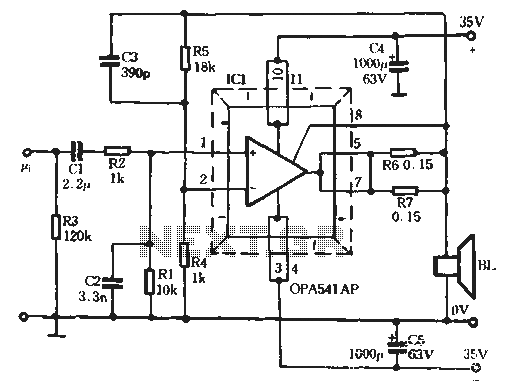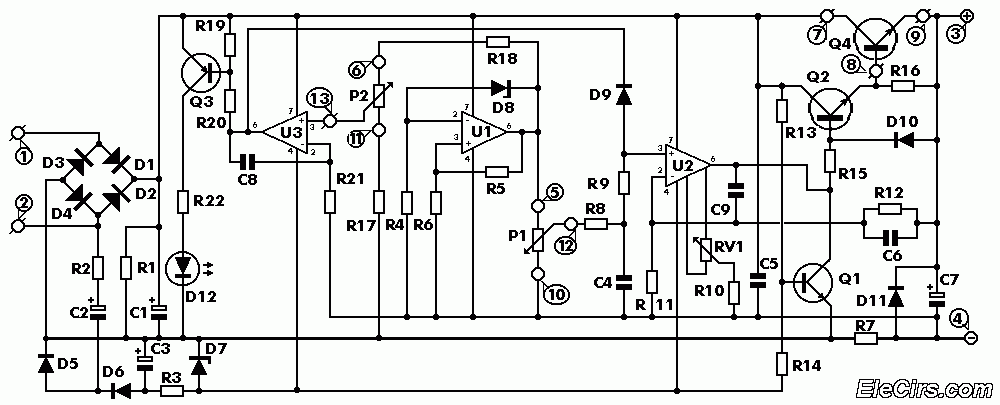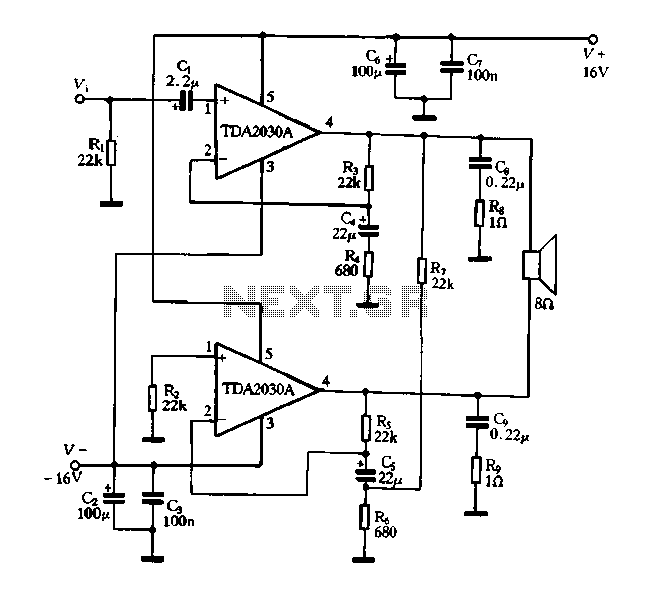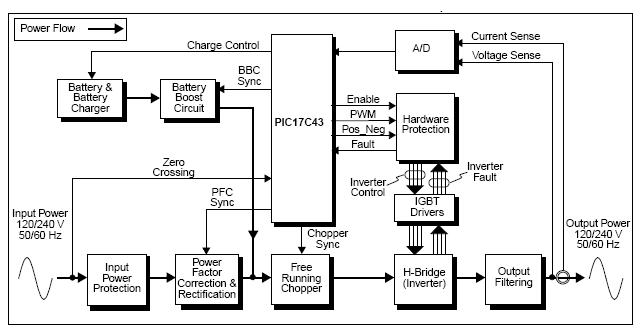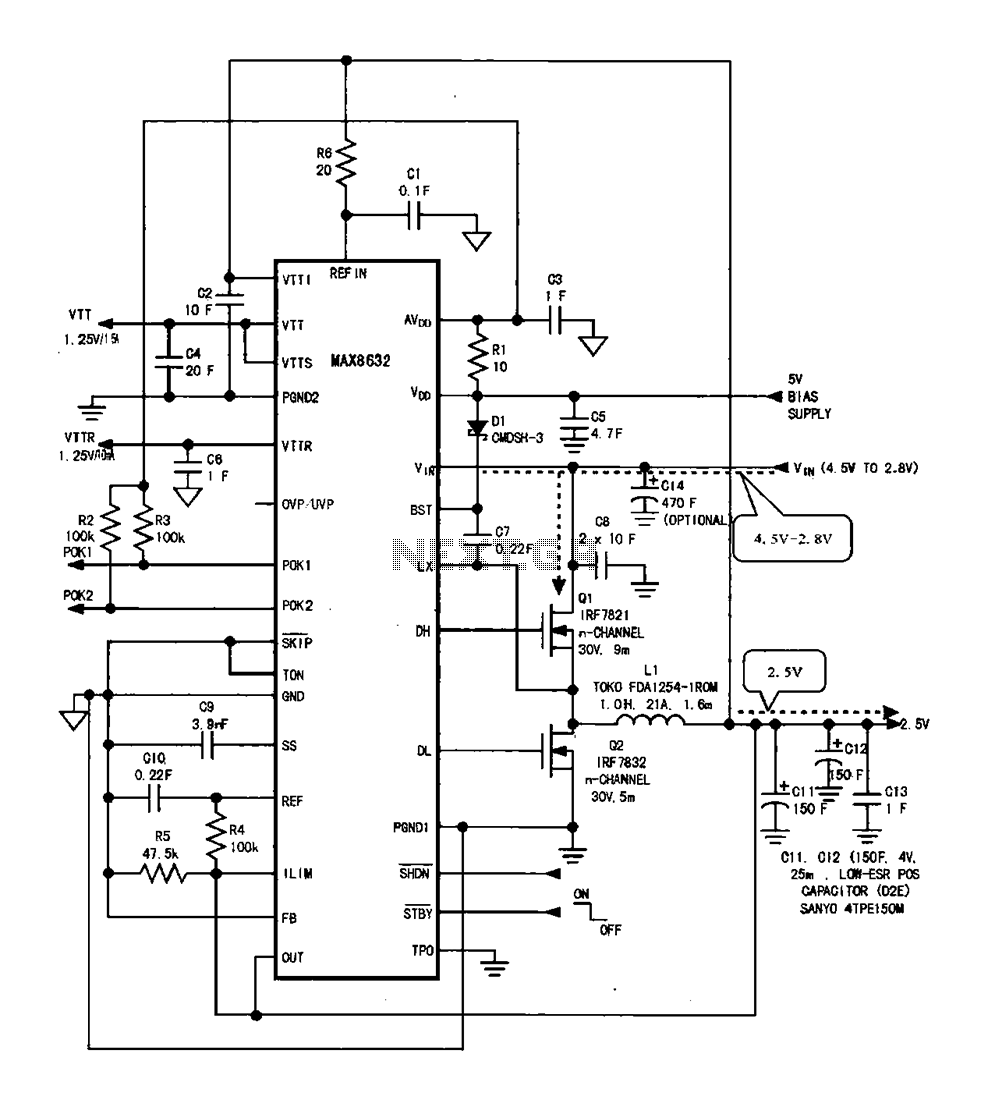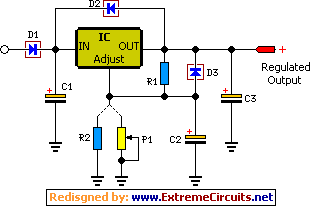
Negative Supply From Single Positive Supply
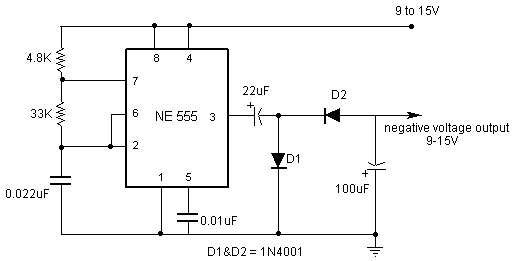
Operational amplifiers (op-amps) are highly versatile components in electronic circuits. However, one significant limitation is their need for a dual power supply, which can restrict their use in applications where a dual supply is impractical or cost-prohibitive. The circuit presented addresses this limitation by generating a negative voltage from a single positive supply.
This circuit typically employs a charge pump or a voltage inverter configuration to create a negative voltage from the available positive supply. The design usually incorporates a switching element, such as a transistor or a dedicated IC, that alternately connects and disconnects the load to the supply. By utilizing capacitors in a specific arrangement, the circuit can effectively convert the positive voltage into a negative voltage.
For instance, a basic charge pump circuit might consist of a capacitor that is charged to the positive supply voltage and then switched to discharge into the output, creating a negative voltage potential. The switching can be accomplished using a diode or a MOSFET, depending on the specific requirements of the application, such as efficiency and response time.
Moreover, the circuit may include filtering components to smooth the output voltage and reduce ripple, ensuring that the negative voltage supplied to the op-amp is stable and reliable. Additionally, protection elements, such as diodes, may be integrated to prevent reverse polarity or overvoltage conditions that could damage the op-amp or other connected components.
In conclusion, this innovative circuit design provides a practical solution for utilizing op-amps in single-supply applications, significantly expanding their usability in various electronic systems.Opamps are very useful. But one of their major drawbacks is the requirement of a dual supply. This seriously limits their applications in fields where a dual supply is not affordable or not practicable. This circuit solves the problem to a certain extent. It provides a negative voltage from a single positive supply. 🔗 External reference
This circuit typically employs a charge pump or a voltage inverter configuration to create a negative voltage from the available positive supply. The design usually incorporates a switching element, such as a transistor or a dedicated IC, that alternately connects and disconnects the load to the supply. By utilizing capacitors in a specific arrangement, the circuit can effectively convert the positive voltage into a negative voltage.
For instance, a basic charge pump circuit might consist of a capacitor that is charged to the positive supply voltage and then switched to discharge into the output, creating a negative voltage potential. The switching can be accomplished using a diode or a MOSFET, depending on the specific requirements of the application, such as efficiency and response time.
Moreover, the circuit may include filtering components to smooth the output voltage and reduce ripple, ensuring that the negative voltage supplied to the op-amp is stable and reliable. Additionally, protection elements, such as diodes, may be integrated to prevent reverse polarity or overvoltage conditions that could damage the op-amp or other connected components.
In conclusion, this innovative circuit design provides a practical solution for utilizing op-amps in single-supply applications, significantly expanding their usability in various electronic systems.Opamps are very useful. But one of their major drawbacks is the requirement of a dual supply. This seriously limits their applications in fields where a dual supply is not affordable or not practicable. This circuit solves the problem to a certain extent. It provides a negative voltage from a single positive supply. 🔗 External reference
Warning: include(partials/cookie-banner.php): Failed to open stream: Permission denied in /var/www/html/nextgr/view-circuit.php on line 713
Warning: include(): Failed opening 'partials/cookie-banner.php' for inclusion (include_path='.:/usr/share/php') in /var/www/html/nextgr/view-circuit.php on line 713
